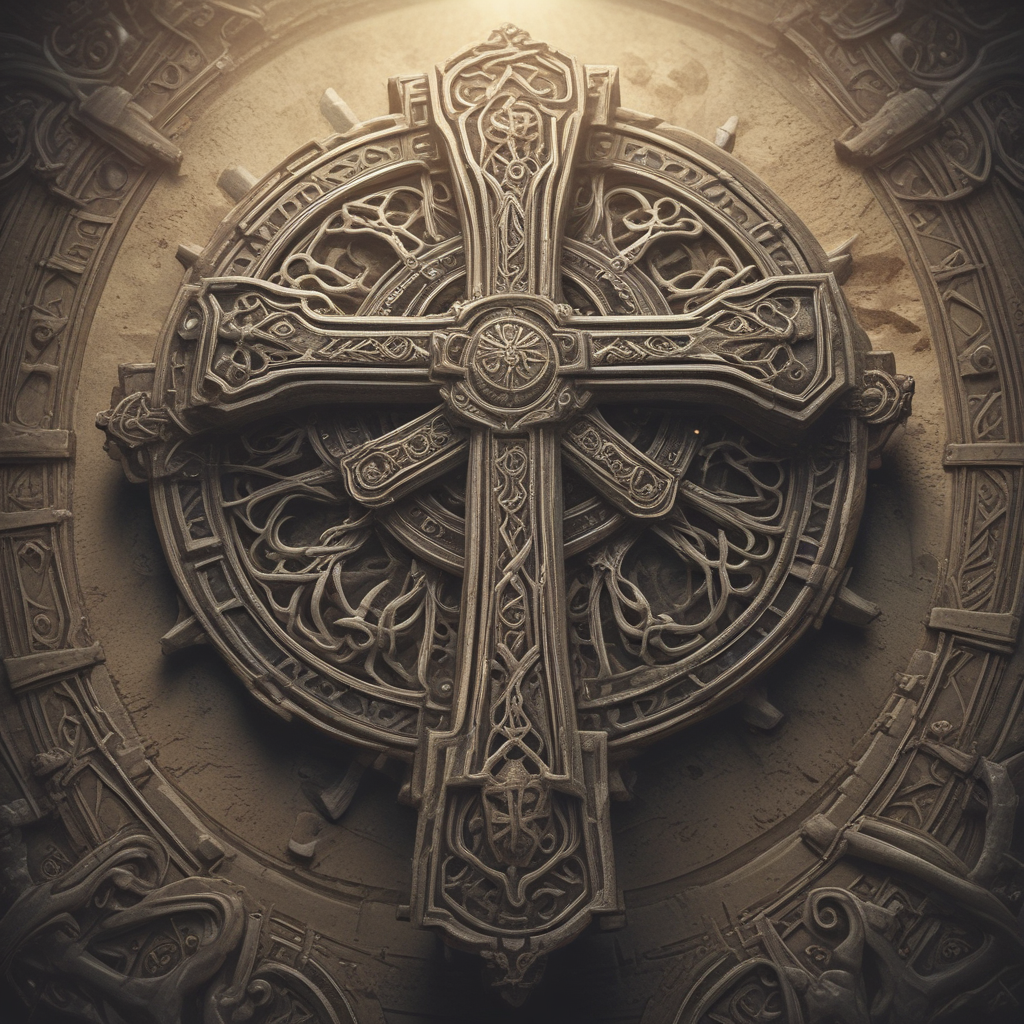Fafnir in Literature and Art: The Dragon’s Enduring Influence
I. Introduction
Fafnir is a prominent figure in Norse mythology, known primarily for his transformation from a dwarf into a ferocious dragon. This mythical creature embodies themes of greed, power, and the tragic consequences of desire. Throughout history, dragons like Fafnir have held significant positions in various cultures, serving as symbols of chaos, guardianship, and the wild aspects of nature. In this article, we will explore the origins of Fafnir, his role in the Saga of the Volsungs, his depictions in medieval literature, artistic representations, and his lasting influence in contemporary culture.
II. Origins of Fafnir in Norse Mythology
The tale of Fafnir is primarily found in the Poetic Edda, a collection of Old Norse poems that provide a rich tapestry of Norse mythology. Fafnir was originally a dwarf, the son of the dwarf king Hreidmar. The story unfolds with a cursed treasure that leads to greed and betrayal amongst the family members, particularly Fafnir.
Fafnir’s transformation from a dwarf to a dragon symbolizes the corrupting nature of greed. The desire for wealth and power drives him to murder his own father and ultimately leads to his metamorphosis into a dragon, a form that reflects his insatiable greed. This transformation is significant as it illustrates how unchecked desire can lead to one’s downfall.
III. Fafnir’s Role in the Saga of the Volsungs
The Saga of the Volsungs is one of the most important sources of Norse mythology and literature. It tells the story of the Volsung family and their tragic fates, with Fafnir playing a pivotal role. Fafnir’s interactions with the hero Sigurd are particularly notable. Sigurd, a brave warrior, is destined to confront Fafnir and claim the treasure that the dragon guards.
As Sigurd embarks on his quest, themes of heroism and betrayal emerge. Sigurd’s slaying of Fafnir not only showcases his bravery but also serves as a warning about the consequences of greed and ambition. The dragon, once a dwarf, represents the tragic outcomes that can arise from desire, and Sigurd’s victory is bittersweet, as it underscores the cycle of violence and loss in the pursuit of glory.
IV. Fafnir in Medieval Literature
Fafnir’s story was not confined to Norse texts; it found its way into various medieval literature and manuscripts. The dragon’s narrative influenced chivalric literature and epic poems of the time. For instance, the tale of Fafnir parallels the dragon-slaying heroes in works like the Song of Roland and the Arthurian legends.
- Depictions in medieval texts: Fafnir’s story is referenced in various poems and sagas, showcasing the dragon as a formidable adversary.
- Influence on chivalric literature: The archetype of the dragon-slaying hero became a popular motif in medieval stories.
- Comparisons with other dragon narratives: Fafnir’s tale shares similarities with other cultures’ dragon stories, highlighting the universal themes of good versus evil.
V. Artistic Representations of Fafnir
Fafnir has inspired countless artistic representations over the centuries. From paintings to sculptures, artists have depicted the dragon in various forms. In modern adaptations, Fafnir continues to capture the imagination of creators.
- Visual art inspired by Fafnir: Many artists have drawn upon the myth, creating works that capture the essence of the dragon’s ferocity and tragedy.
- Fafnir in modern adaptations: Graphic novels and films often reinterpret Fafnir’s story, reimagining the character for contemporary audiences.
- The dragon as a symbol in visual storytelling: Fafnir’s image serves as a powerful symbol of greed, danger, and the consequences of ambition.
VI. Fafnir’s Influence on Contemporary Literature
In modern fantasy genres, Fafnir’s legacy endures. Authors and creators draw inspiration from the myth, weaving elements of Fafnir’s tale into their narratives. Notable figures such as J.R.R. Tolkien and George R.R. Martin have acknowledged the influence of Norse mythology, including Fafnir’s character, in their works.
- Representation in modern fantasy: Fafnir often appears as a character or inspiration in fantasy literature, embodying the classic dragon archetype.
- Influence on authors and creators: Writers like Tolkien and Martin incorporate themes from Fafnir’s story, such as the moral complexities of power and greed.
- Fafnir’s role as a metaphor: In contemporary narratives, Fafnir is used as a metaphor for the darker aspects of human nature and the consequences of ambition.
VII. Fafnir in Popular Culture
Fafnir’s presence extends into popular culture, where the dragon has been featured in various media, from video games to movies and TV shows. This legacy highlights the enduring fascination with dragons as mythological creatures.
- Video games, movies, and TV shows: Titles like God of War and Game of Thrones reference dragons reminiscent of Fafnir, showcasing their fearsome power.
- The dragon’s legacy in pop culture: Fafnir’s character continues to resonate, serving as an archetype for both heroes and villains in modern storytelling.
- Merchandise and fandoms: The popularity of Fafnir has led to a variety of merchandise, from figurines to collectibles, demonstrating the dragon’s place in contemporary fandoms.
VIII. Conclusion
Fafnir’s enduring influence in literature and art underscores the profound impact of dragons in storytelling across cultures and eras. As we reflect on the relevance of dragons, we see that they often symbolize the complexities of human desire, ambition, and the consequences of our actions. The study of Fafnir and similar figures offers a rich field for exploration, inviting future generations to delve deeper into the timeless narratives that shape our understanding of myth, morality, and the human experience.




